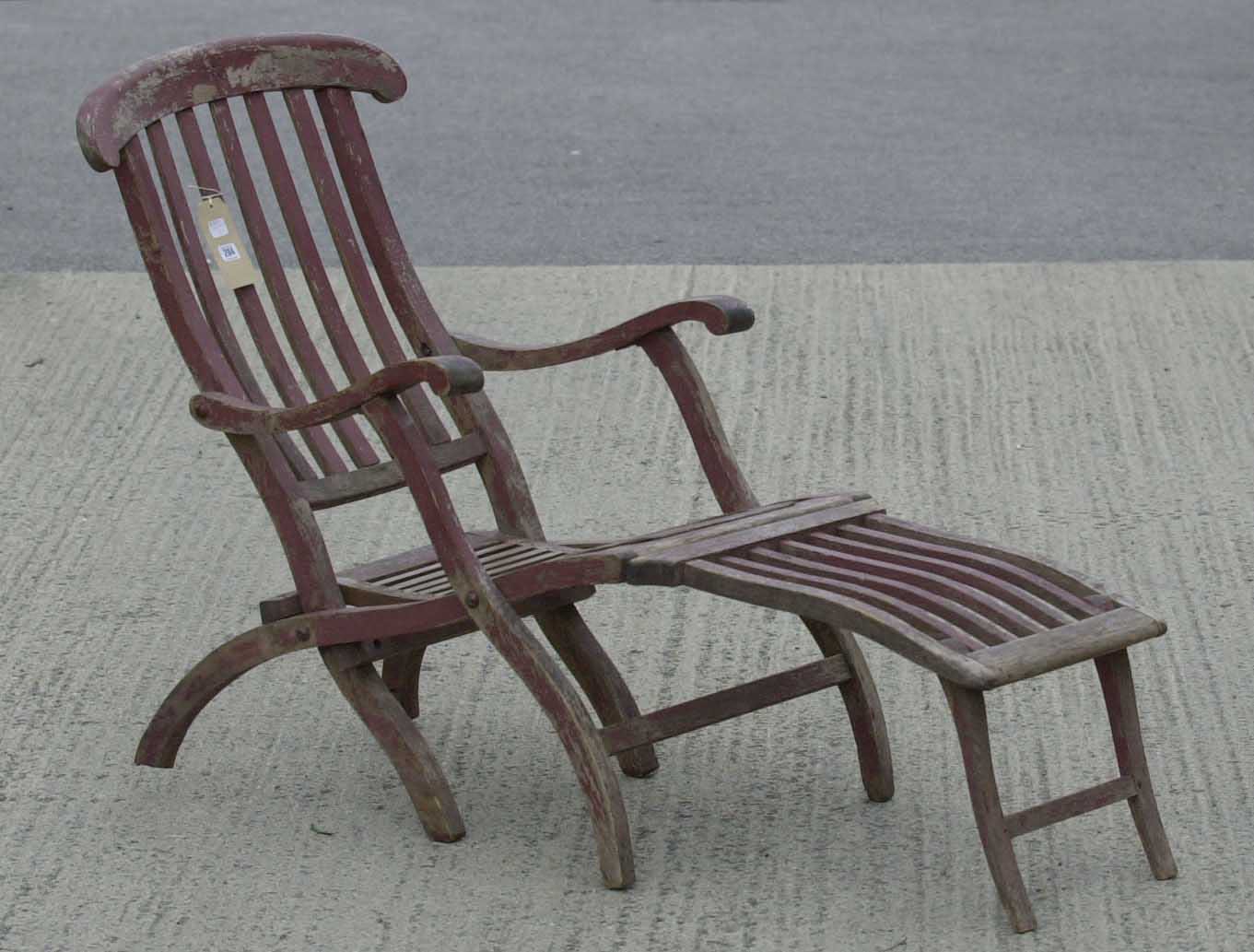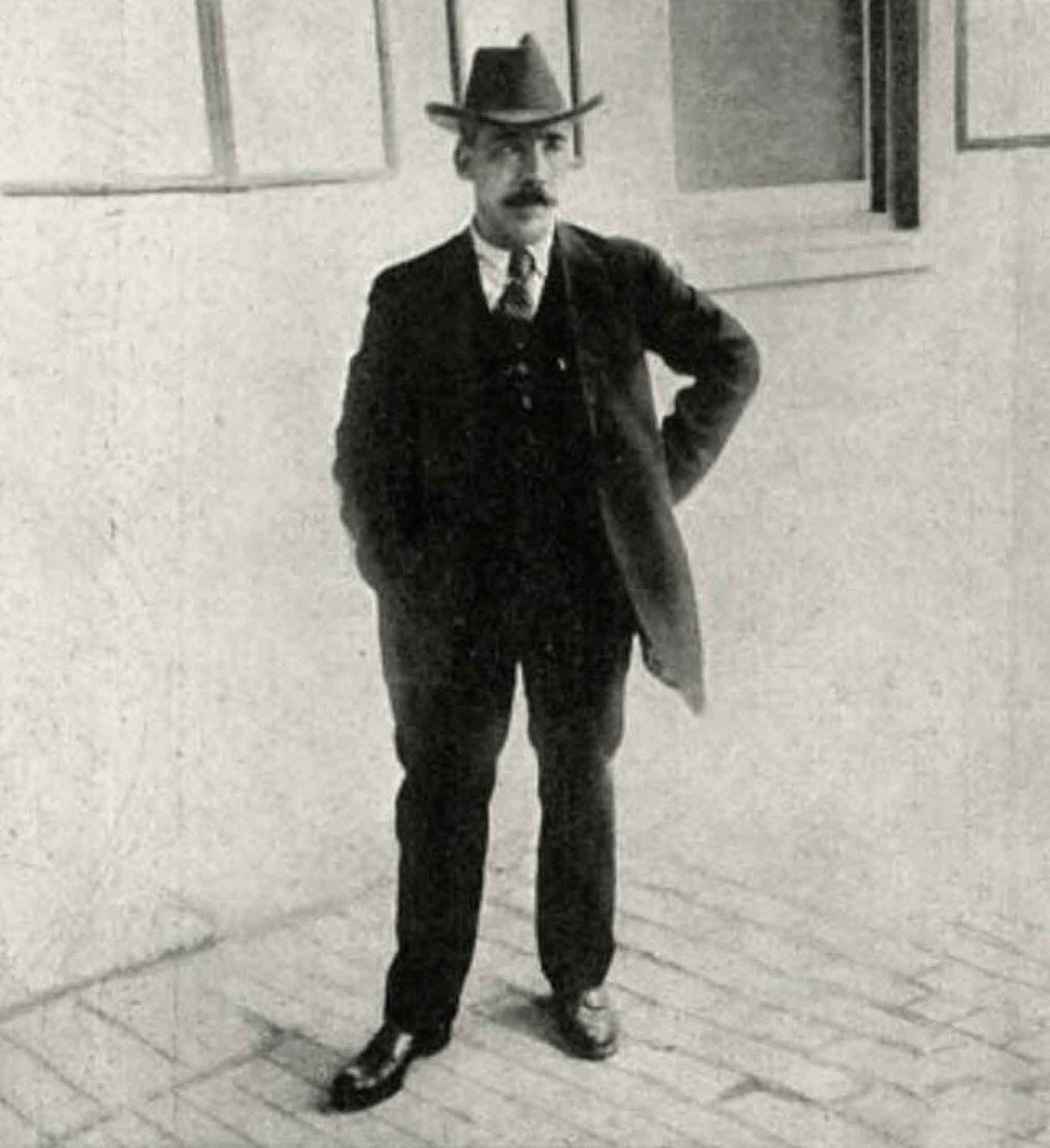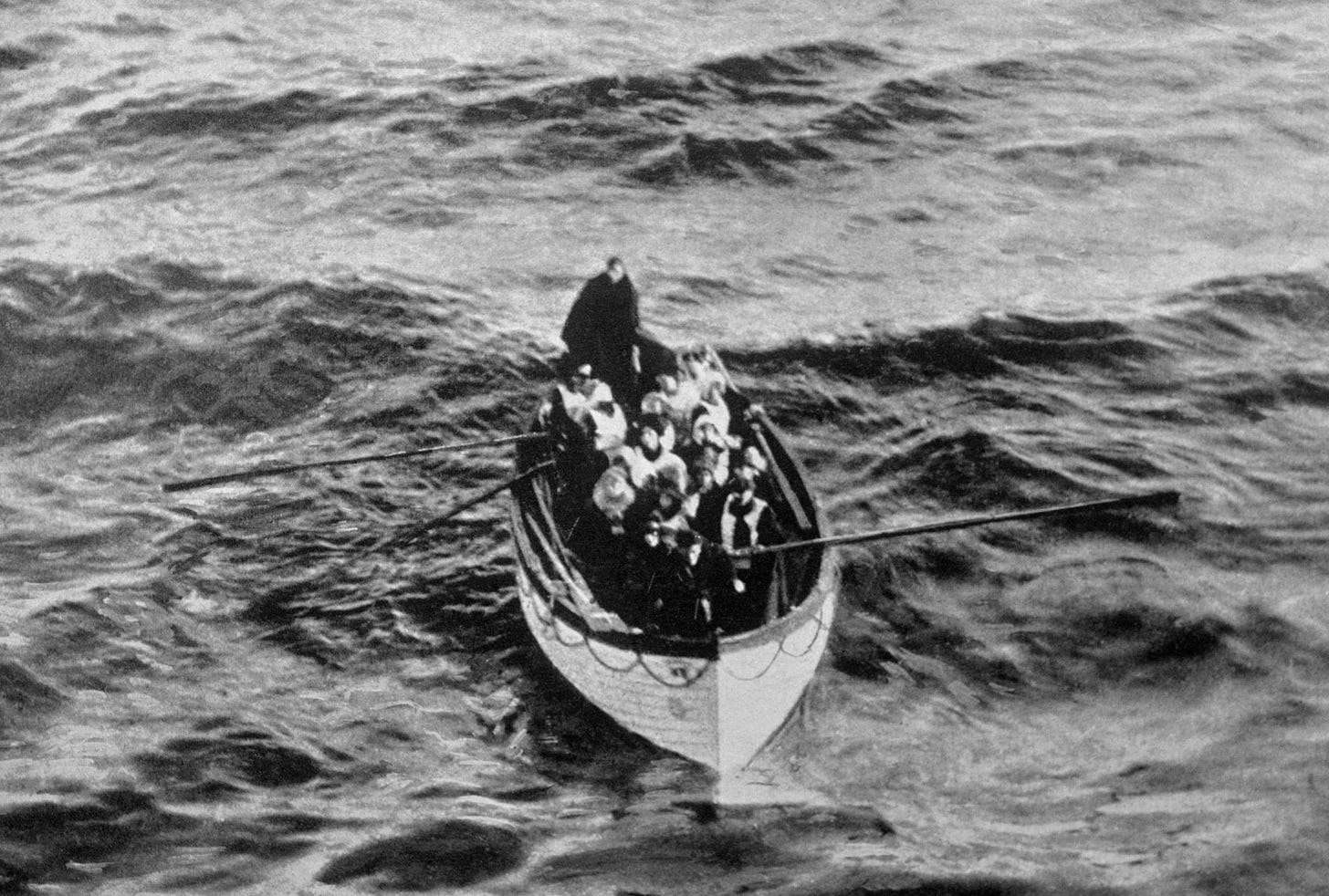Charles Joughin, the Drunk Baker Who Survived the Titanic
When the Titanic sank, the last person to jump from the ship was Charles Joughin, the chief baker who was stone drunk at that time.
An Incredible Survival Tale
It is always recommended by wise people not to drink on the job, but if the booze is going to save your life, then it might not be a bad idea after all.
That was what exactly saved the life of Charles Joughin, the chief baker on the RMS Titanic. When the Titanic sank on the 15th of April, 1912, the people aboard the ship jumped into water that was below 0 degrees Celsius. As Titanic's second officer, Charles Lighttoller says about the experience,
“It was like a thousand knives being driven into one’s body.”
The shock of the cold itself killed most people, while others succumbed to hypothermia almost immediately. But Joughin was calm and was arguably the last person aboard the ship when it came crashing down into the Atlantic. The stone-drunk baker kept paddling for more than 3 hours in the icy waters till he found a lifeboat at dawn and was finally pulled out of the Atlantic.
In 1920, Joughin moved permanently from the United States to Paterson, New Jersey. He worked on several ships, including the SS Oregon that sank in Boston Harbour in 1886, and later on ships operated by American Export Lines, as well as on World War II troop transports before retiring in 1944. Joughin died at the ripe old age of 78 years. He was buried alongside his wife in the Cedar Lawn Cemetery in New Jersey.
His colorful character was later played by film actor Liam Tuohy, who played the role of head Baker in James Cameron's 1997 blockbuster film Titanic. Joughin was also portrayed by George Rose in “A Night to Remember.”
His character was also played by Chris Parnell in the fourth-season premiere of “Drunk History” in 2016 and again by Stuart Lutes in the second season of the British version.

The Story of Charles Joughin
Charles Joughin was born in West Float, Birkenhead, Cheshire, England in 1878.
He started his seafaring activities at the tender age of ten and began to work his way from ship to ship while training himself as a baker. His big break came with the RMS Titanic, where he was offered the position of head baker with a staff of 13. Little did he know that he was signing up for one of the worst maritime disasters of the century.
The D-Day came on 15th April 1912 when the world’s best ship collided with an iceberg and broke it into smithereens.
There was hell and panic all around, but Charles was calm. He ordered his staff to pass out food and supplies to the lifeboats as well as rounding up and loading the passengers in. He says that at one stage, he had to literally force the women and children to board the lifeboats as they were unwilling to go without the men. Charles even gave his seat in one of the lifeboats to one of the passengers, citing that his going first would be a bad example as a leader.
Once passengers were all set and on their way, he went downstairs and got himself stone drunk. After an hour, he again came back on deck in an inebriated state for throwing the deck chairs to be used as floats.
By this time, the ship was out of lifeboats, and so he practically became the very last person to get off the ship. Later, one of those famous deck chairs thrown by Joughin fetched more than 35000 pounds in a unique memorabilia sale from the doomed liner at auctioneers Henry Aldridge and Son in Devizes Wiltshire.
Just before the ship broke in half, Charles stepped off the stern into the water. Still calm, he paddled on for hours in the icy water till he found a lifeboat at dawn and was pulled out of the Atlantic.
As he said later nonchalantly after his rescue.
“I was all right barring my feet, they were swelled.”
It was a physiologically impossible feat of survival that Charles accomplished with style. He was again back to work within days.
How Did He Survive?
His extraordinary survival completely debunked all the established rules of science about drinking and hypothermia.
As per experts, a drunk man will usually freeze to death faster than a sober man. This is because the warming sensation caused by alcohol brings all the blood onto the skin by a process called vasodilation. In a survival situation, this proves dangerous, with all the blood gone out of the vital organs and the drinker being at greater risk of getting hypothermia.
As a Canadian hypothermia expert, Gordon Giesbrecht says.
“In the -2-degree Celsius temperature of the North Atlantic, the water was cold enough to quickly tighten the blood vessels and cancel out any effect of the alcohol. and the person should have died immediately”.
Many other explanations have been proposed, but the fact of the matter is, in the end, he survived. The most likely explanation can be that beneath the boozy, easy-going veneer of Charles Joughin might be another man with extraordinary courage and simply unwilling to give in. The unassuming baker unexpectedly became a classic textbook example of how to survive a shipwreck successfully.
As rightly said, courage does not always have to be grand. It is the heart-stopping moments like these that bring out the true extent of courage within us. The famous writing legend Ernest Hemingway hits the nail bang on the head when he said
“Courage is simply grace under pressure.”
Sources
· The Incredible Story of The Titanic’s Baker, Who Survived In The Frigid Water For Hours
· Charles Joughin: Drunk on the Titanic
· Charles Joughin, The Drunk Baker Who Survived Titanic By Swimming In Icy Cold Water For Hours
· Feeling no Pain – The Drunk Baker Who Miraculously Survived the Titanic
· Why Did Charles Joughin Survive the Titanic?
· Survivor Stories: 10 Incredible Tales of People Who Escaped the Titanic





